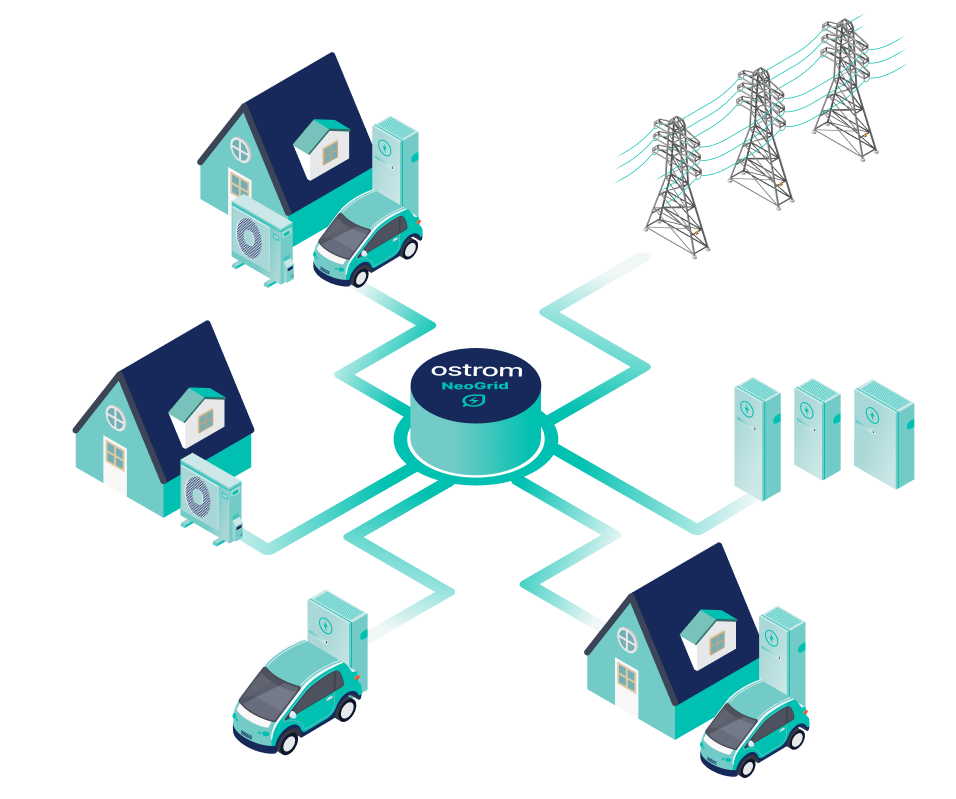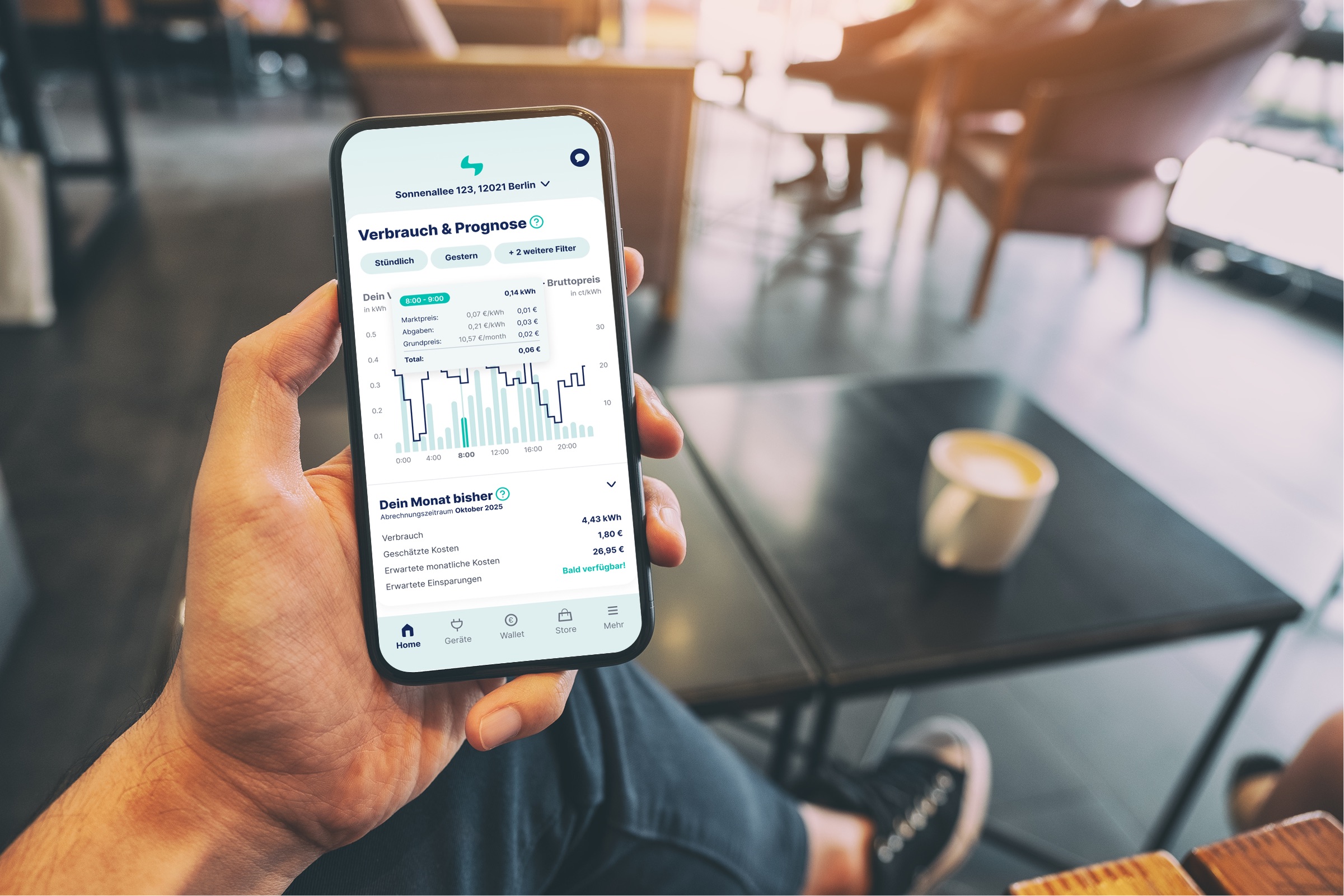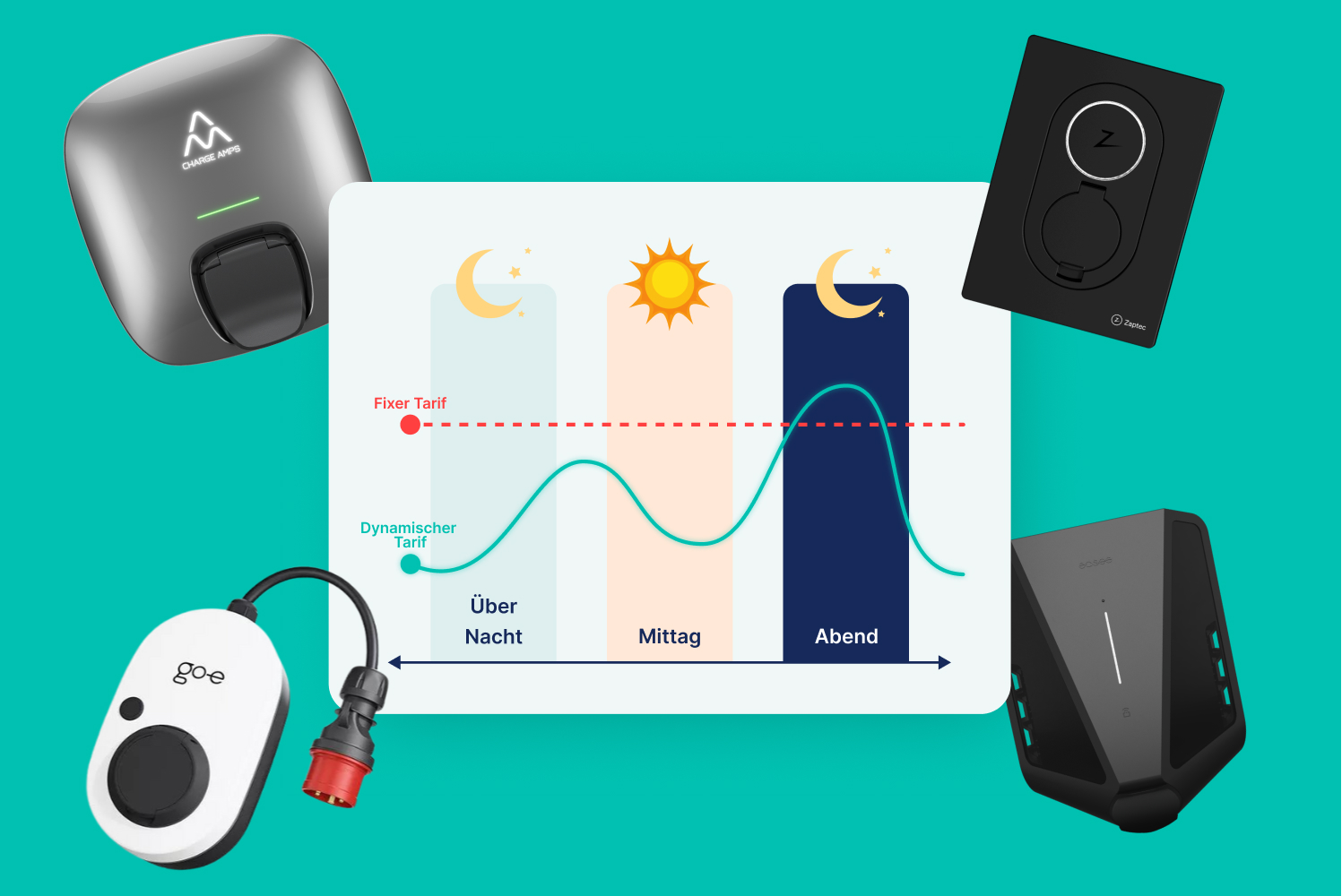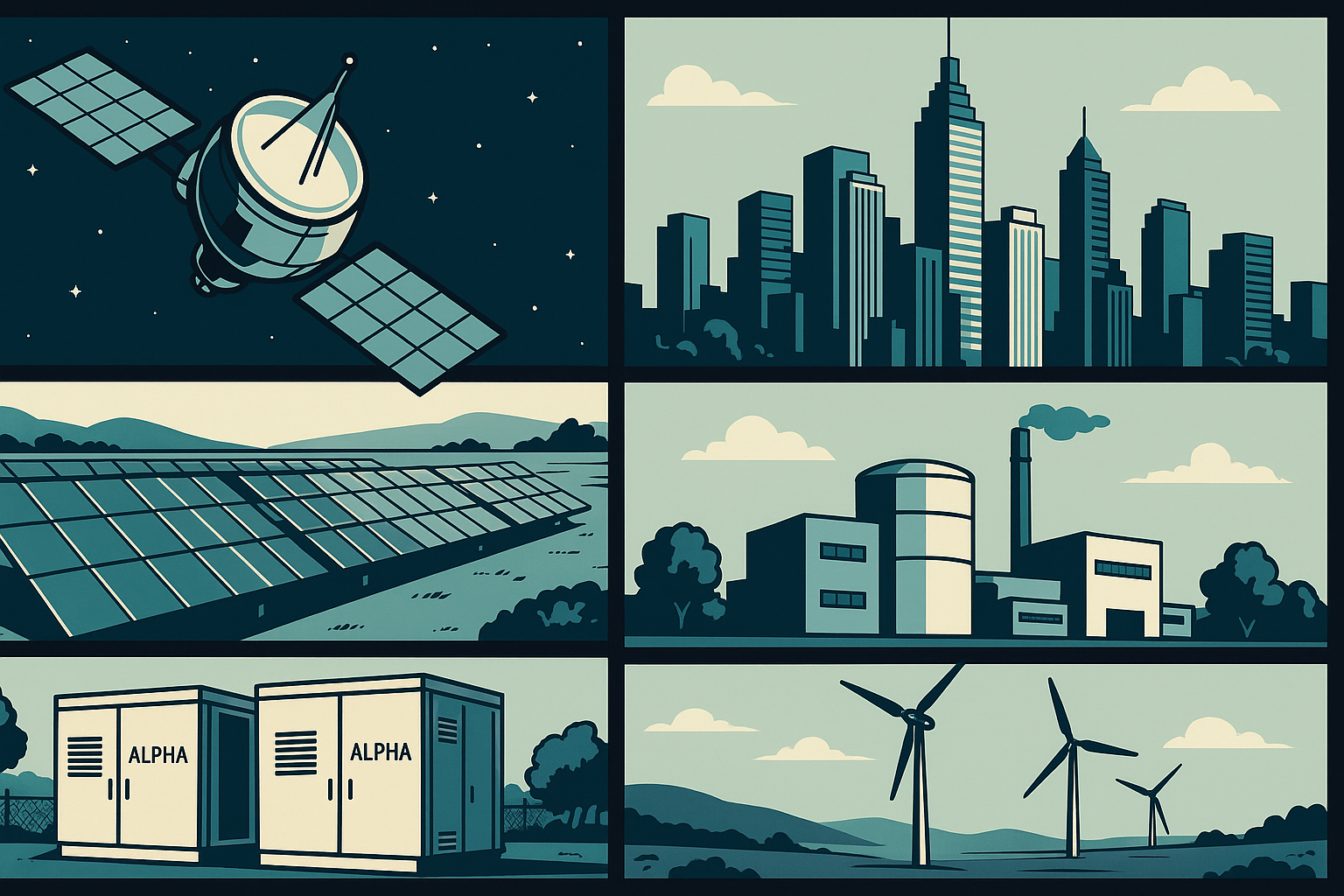Energy
Teil 6: Wie die Kernenergie funktioniert
By
Team Ostrom
6.10.2022

3
Min.

Während wir bei Ostrom Sonnen-, Wind- und Wasserenergie beziehen, war die Kernenergie schon immer ein sehr umstrittenes Thema. Einige Länder wie Deutschland sind strikt gegen die Kernenergie, während andere Länder wie Frankreich den größten Teil ihres Energiemixes aus Kernkraft beziehen.
Kernkraft ist eine Energieform, die durch die Spaltung von Atomen erzeugt wird, ein Prozess, der Kernspaltung genannt wird. In einem Kernkraftwerk wird diese Energie genutzt, um Strom für Haushalte, Unternehmen und andere Verbraucher zu erzeugen.
Der Prozess der Kernspaltung beginnt mit dem Einsatz von Brennstäben, die aus einem Material namens Uran bestehen. Uran ist ein natürlich vorkommendes Element, das in geringen Mengen in der Erdkruste vorkommt. Das Uran in den Brennstäben ist in der Regel angereichert, das heißt, es hat eine höhere Konzentration eines bestimmten Isotops namens Uran-235. Dieses Isotop ist wichtig, weil es am ehesten zur Kernspaltung neigt, wenn es ein Neutron absorbiert.
Um den Spaltprozess in Gang zu setzen, werden die Brennstäbe in einem Reaktor platziert, einem großen Behälter, der die Kernreaktion eindämmen und kontrollieren soll. Im Reaktor werden die Brennstäbe in einem bestimmten Muster angeordnet, um eine kritische Masse zu erzeugen, d.h. die Mindestmenge an Material, die für die Aufrechterhaltung einer nuklearen Kettenreaktion erforderlich ist.
Um die Kettenreaktion in Gang zu setzen, wird eine Neutronenquelle, z.B. eine kleine Menge des Elements Beryllium, verwendet, um die Brennstäbe zu beschießen. Wenn ein Uran-235-Atom ein Neutron absorbiert, spaltet es sich in zwei kleinere Atome und setzt dabei Energie und weitere Neutronen frei. Diese zusätzlichen Neutronen können dann weitere Uran-235-Atome spalten und eine Kettenreaktion auslösen.
Wenn die Kettenreaktion weiterläuft, wird eine große Menge an Wärme freigesetzt, die zur Dampferzeugung genutzt wird. Der Dampf wird dann verwendet, um eine Turbine anzutreiben, die mit einem Generator verbunden ist. Die Bewegung der Turbine bewirkt, dass der Generator Strom erzeugt, der dann in das Stromnetz eingespeist und an Haushalte und Unternehmen verteilt wird.
Um die Kernreaktion zu kontrollieren, gibt es eine Reihe von Sicherheitssystemen. Zum Beispiel können Steuerstäbe, die aus einem Material bestehen, das Neutronen absorbiert, in den Reaktor eingeführt werden, um überschüssige Neutronen zu absorbieren und die Kettenreaktion zu verlangsamen. Außerdem ist der Reaktor von einem dicken Sicherheitsbehälter aus Beton und Stahl umgeben, der die Strahlung eindämmen soll, die bei einem Unfall freigesetzt werden könnte.
Die Nutzung der Kernenergie als Stromquelle hat mehrere Vorteile. Einer der Hauptvorteile ist, dass sie mit einer relativ geringen Menge an Brennstoff eine große Menge an Strom erzeugt. Ein einziger Brennstab kann die gleiche Menge an Strom erzeugen wie etwa 1.500 Tonnen Kohle. Außerdem produzieren Kernkraftwerke keine Treibhausgase, was sie zu einer sauberen und umweltfreundlichen Stromquelle macht.
Auf der anderen Seite hat die Kernenergie auch einige Nachteile. Eine Sorge ist die Gefahr von Unfällen, wie sie sich in den Kernkraftwerken Three Mile Island und Fukushima Daiichi ereignet haben. Ein weiteres Problem ist die Entsorgung des Atommülls, der tausende von Jahren radioaktiv bleiben kann. Die Fortschritte in der Technologie und bei den Sicherheitsmaßnahmen haben das Unfallrisiko jedoch stark verringert, und es werden verschiedene Methoden für die sichere Lagerung und Entsorgung von Atommüll entwickelt.
Insgesamt ist die Kernkraft eine zuverlässige und effiziente Stromquelle, die das Potenzial hat, eine wichtige Rolle bei der Deckung des weltweiten Energiebedarfs zu spielen. Auch wenn sie mit einigen Risiken und Herausforderungen verbunden ist, kann eine sorgfältige Planung und Regulierung dazu beitragen, die sichere und verantwortungsvolle Nutzung dieser leistungsstarken Energiequelle zu gewährleisten.















.avif)